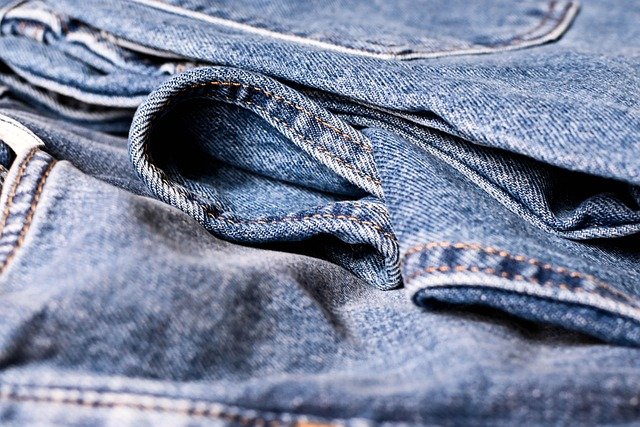**Topic: "Sustainable Fashion: The Rise of Circular Design and How It’s Shaping the

Sustainable Fashion: The Rise of Circular Design and How It’s Shaping the Industry
As the fashion industry faces increasing scrutiny over its environmental impact, sustainable fashion is no longer just a trend; it’s a necessity. One of the most exciting developments in this space is the rise of circular design, a concept that is reshaping how we think about clothing from production to disposal.
What is Circular Design?
Circular design is an innovative approach that aims to create a closed-loop system in fashion. Unlike the traditional linear model—where clothes are made, worn, and then discarded—circular design focuses on minimizing waste and maximizing the lifespan of garments. This involves designing products that can be easily repaired, reused, or recycled.
Key Principles of Circular Design:
- Design for Longevity: Creating timeless pieces that withstand trends and are made to last.
- Material Innovation: Utilizing sustainable materials that can be recycled or biodegraded.
- Take-Back Programs: Implementing systems for customers to return old garments for recycling or repurposing.
- Transparency: Ensuring clear communication about sourcing, production processes, and sustainability efforts.
The Impact on the Fashion Industry
The shift towards circular design is having a profound impact on various aspects of the fashion industry:
1. Reduced Waste
By focusing on circularity, brands are significantly reducing the amount of textile waste that ends up in landfills. This not only helps the environment but also sets a precedent for responsible consumption.
2. Innovative Business Models
Many brands are adopting new business models that emphasize rental, resale, and repair. Companies like Rent the Runway and ThredUp are leading the way by offering consumers sustainable alternatives to fast fashion.
3. Consumer Awareness
As consumers become more educated about the environmental impact of their choices, they are increasingly seeking out brands that prioritize sustainability. This shift is pushing more companies to adopt circular practices.
4. Collaboration and Innovation
Circular design encourages collaboration between designers, manufacturers, and consumers. This collective effort fosters innovation, leading to new materials, techniques, and practices that can further enhance sustainability in fashion.
Conclusion
The rise of circular design is a beacon of hope for the fashion industry. By prioritizing sustainability and embracing innovative practices, we can create a future where fashion is not only stylish but also responsible. As designers, consumers, and industry leaders, we have the power to shape a more sustainable world through our choices and actions.
Let’s embrace circular design and work together to transform the fashion landscape for the better!
Join the Conversation!
What are your thoughts on circular design in fashion? Share your ideas and experiences in the comments below! 🌿✨

Upvoted! Thank you for supporting witness @jswit.